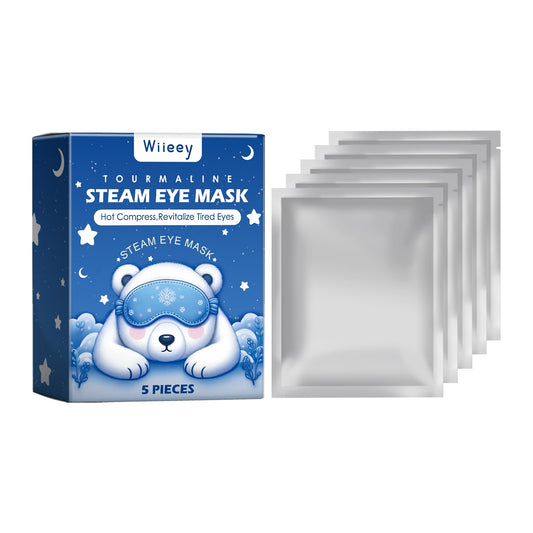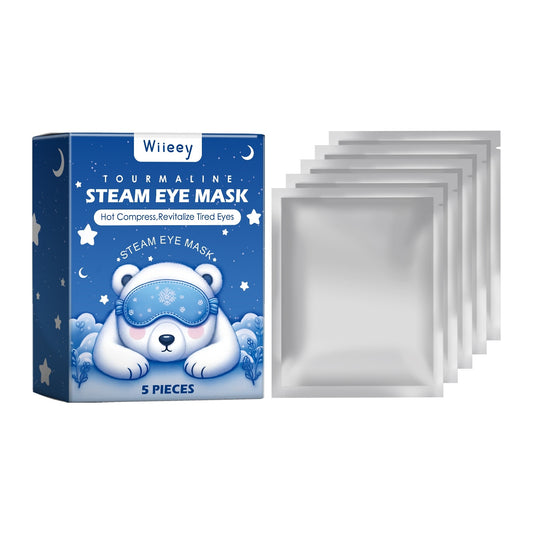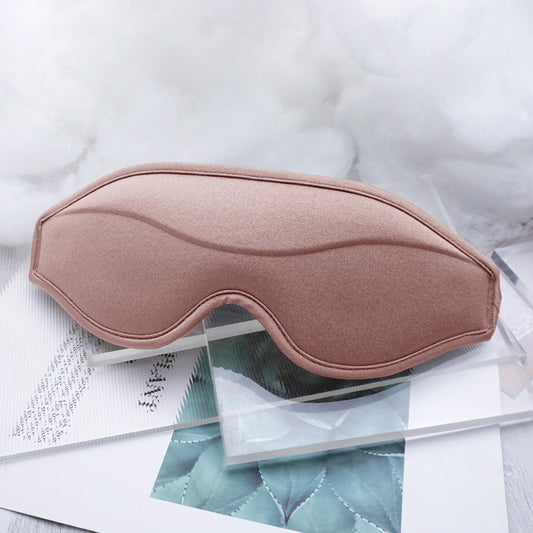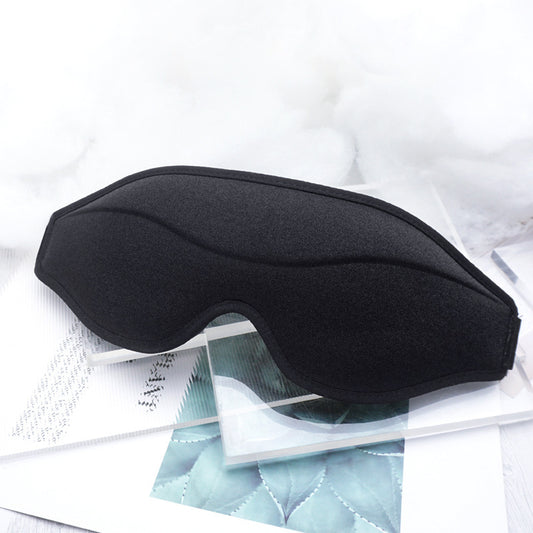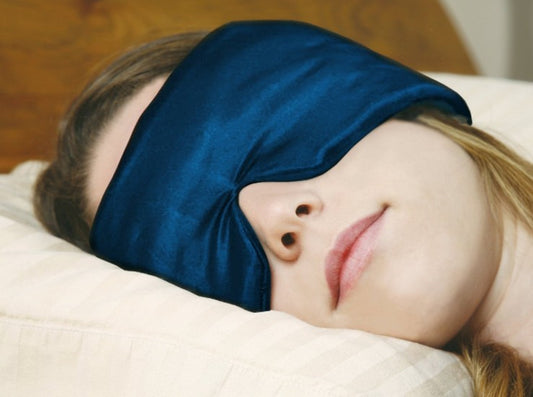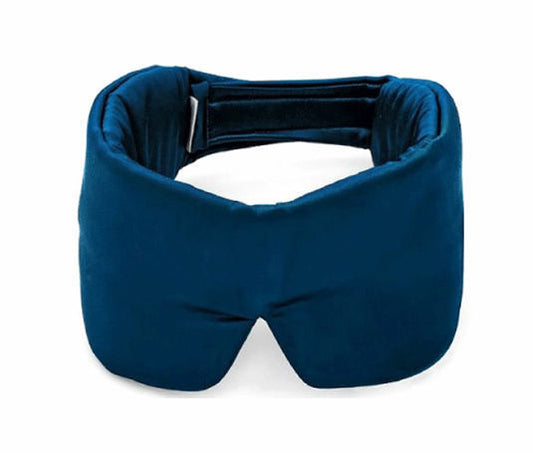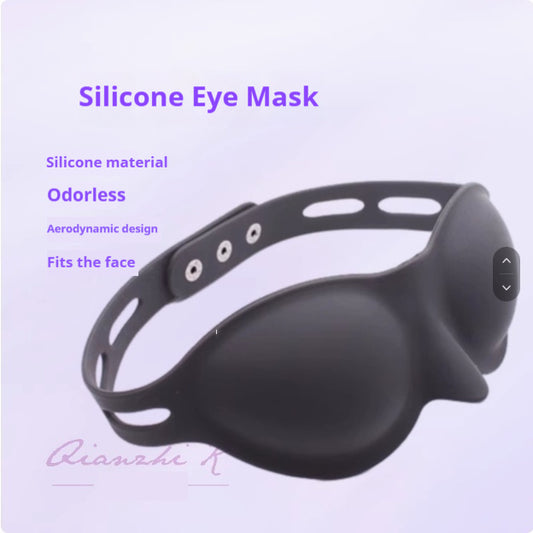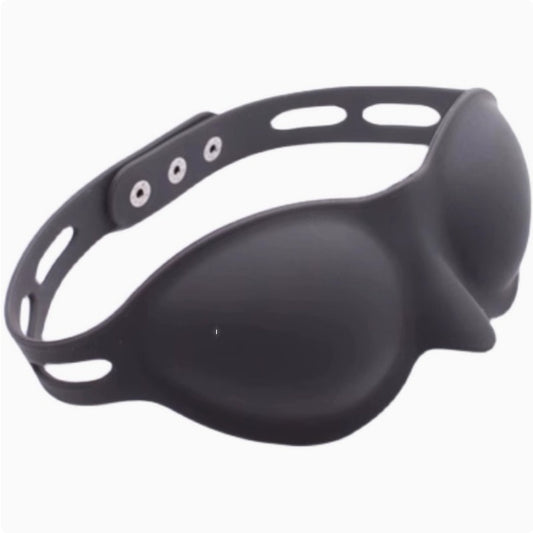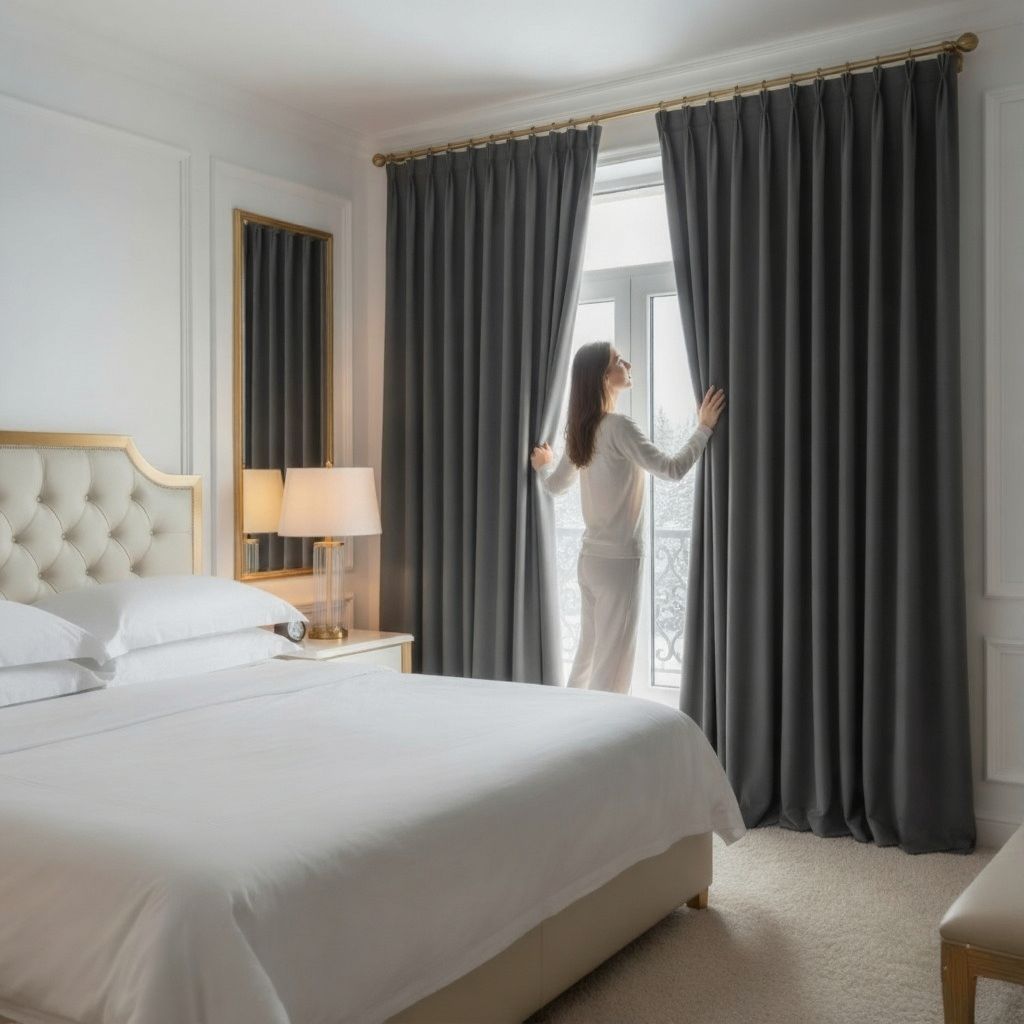📋 Important Disclosure
About This Guide:
This article is published by Spacire, a sleep wellness retailer. All featured products are sold by us, and we earn revenue from purchases. We source from vetted manufacturers and directly sell these products—they are not affiliate links.
Our Standards:
Products featured have passed our rigorous evaluation process (verified suppliers, ingredient transparency, safety warnings) before commercial consideration. Dr. Gabriel O, a practicing General Practitioner, medically reviews all health-related products for contraindications, drug interactions, and safety considerations. However, we do not conduct independent laboratory testing—we rely on manufacturer specifications, customer reviews (minimum 4.0★), and third-party testing when available.
Medical Review:
This content has been medically reviewed by Dr. Gabriel O (General Practitioner) for accuracy and safety guidance.
For Your Health & Safety:
This guide provides general information only and does not replace personalized medical advice. Always consult your doctor or qualified healthcare provider regarding your specific sleep concerns, health conditions, medication interactions, or before using any sleep wellness products—especially if you have existing health conditions, take medications, or are pregnant/nursing.
Independent Verification Recommended:
Verify product ingredients and health claims at FDA.gov, check safety certifications at CPSC.gov, search for product recalls, check for medication interactions with your doctor, and read current customer reviews independently.
Key Takeaways
- Significant energy savings: Thermal blackout curtains can reduce heat loss by up to 25% in winter and block up to 99% of sunlight in summer, lowering heating and cooling costs by 10-25% annually
- Enhanced sleep quality: Complete darkness triggers melatonin production, helping you fall asleep faster and achieve deeper, more restorative rest cycles
- Multi-functional benefits: Beyond energy efficiency and sleep, these curtains reduce external noise by 40%, protect furniture from UV damage, and enhance privacy
- Quick ROI: With average savings of £100-£300 annually on energy bills, thermal curtains typically pay for themselves within 1-3 years
- Suitable for all climates: Whether you're in cold climates like Canada and Sweden or warmer regions like Spain and Australia, thermal curtains provide year-round comfort and savings
When I struggled with insomnia years ago, I tried countless natural remedies. One surprising solution came from an unexpected source: upgrading my ordinary curtains to thermal blackout versions.
The transformation was remarkable. Not only did I finally achieve the pitch-black environment essential for quality sleep, but my energy bills dropped noticeably too. This dual benefit explains why thermal blackout curtains have become increasingly popular across the United Kingdom, United States, Germany, France, Australia, Canada, and beyond.
In this guide, we'll explore the science behind these remarkable window treatments and help you understand how they can transform both your sleep quality and household budget.
Understanding Thermal Blackout Curtains
Thermal blackout curtains combine two powerful technologies: thermal insulation and light-blocking properties. Unlike regular curtains, they feature multiple layers—typically including a dense woven fabric, foam backing, and a reflective coating—that work together to create an effective barrier against heat transfer and light penetration.[1]
Triple-Layer Protection
Multiple fabric layers trap air pockets, creating an insulating barrier that keeps rooms comfortable year-round while blocking external light completely.
Energy Efficiency
Reduces heat transfer through windows by up to 25%, significantly lowering heating costs in winter and cooling expenses in summer across all climate zones.
Sleep Optimization
Blocks 99% of external light, creating the darkness necessary for optimal melatonin production and supporting your natural circadian rhythm.
Noise Reduction
Dense fabric construction dampens external sounds by up to 40%, particularly beneficial for urban dwellers in cities like London, New York, Tokyo, and Mumbai.
The Science of Energy Savings
Windows represent one of the largest sources of energy loss in homes, accounting for approximately 30% of heating and cooling energy use.[2] Thermal blackout curtains address this problem through several mechanisms.
Annual Energy Savings Potential
Based on research from the U.S. Department of Energy and similar studies across Europe and Australia, here's what homeowners typically save:
How Thermal Insulation Works
Winter Heat Retention
During cold months, thermal curtains create an insulating air pocket between the window and the room. This barrier prevents warm indoor air from escaping through the glass, reducing heating costs by maintaining comfortable temperatures longer.
Summer Cooling Effect
In warmer weather, the reflective backing bounces solar radiation back outside before it heats your interior spaces. This significantly reduces air conditioning load, particularly valuable in hot climates like Spain, Italy, and the United Arab Emirates.
Year-Round Efficiency
The multi-layer construction provides consistent insulation regardless of season, making thermal curtains a smart investment whether you're in cold regions like Russia and Poland or moderate climates like the Netherlands and Ireland.
| Feature | Regular Curtains | Thermal Blackout Curtains |
|---|---|---|
| Light Blocking | 60-80% | 95-99% |
| Heat Retention | 5-10% | 20-25% |
| Noise Reduction | 10-15% | 30-40% |
| Annual Energy Savings | 2-5% | 10-25% |
| UV Protection | Minimal | 99% |
Sleep Benefits: The Dark Room Advantage
The Science of Darkness and Sleep
Your body's internal clock, or circadian rhythm, relies heavily on environmental light cues. Even small amounts of ambient light can disrupt melatonin production—the hormone crucial for initiating and maintaining sleep.[3]
Research published in the Journal of Clinical Endocrinology & Metabolism demonstrates that exposure to even dim light (about 8 lux) during sleep can suppress melatonin production by more than 50%.[4] For reference, this is roughly equivalent to light from a street lamp filtering through standard curtains.
Sleep Quality Improvements
When I switched to thermal blackout curtains, I experienced several measurable improvements:
- Faster sleep onset: Complete darkness signals your brain that it's time for rest, reducing the time it takes to fall asleep by an average of 15-20 minutes[5]
- Deeper sleep cycles: Uninterrupted darkness throughout the night promotes longer periods of deep REM sleep, essential for physical restoration and memory consolidation
- Reduced night awakenings: External light sources like street lamps or early sunrise no longer disturb your sleep, particularly beneficial for shift workers who need daytime sleep
- Better morning alertness: Higher quality sleep translates to improved cognitive function, mood, and energy levels throughout the day
Special Considerations for Different Sleep Needs
Thermal blackout curtains prove especially valuable for specific groups:
Shift Workers and Night Staff: Medical professionals, security personnel, and other night shift workers in countries like India, China, Brazil, Turkey, and elsewhere need complete darkness during daytime hours. We offer solutions specifically designed for these challenging sleep schedules through our blackout curtains for shift workers collection.
Light-Sensitive Sleepers: If you struggle with insomnia or wake easily from ambient light, thermal curtains create the optimal sleep environment. Pair them with other sleep aids from our insomnia relief products range for comprehensive rest support.
Parents and Babies: Newborns and young children benefit significantly from darkened environments that support healthy sleep patterns and longer rest periods.
Additional Benefits Beyond Energy and Sleep
Unexpected Advantages
- Furniture Protection: UV-blocking properties prevent fabric fading and wood damage, extending the life of your interior furnishings
- Enhanced Privacy: Thick, opaque materials ensure complete privacy without compromising on style
- Temperature Regulation: Maintains more consistent room temperatures, reducing hot and cold spots near windows
- Condensation Reduction: The insulating layer helps minimize window condensation, preventing mold growth in humid climates
- Property Value: Energy-efficient window treatments can increase home resale value and appeal to eco-conscious buyers
Choosing the Right Thermal Blackout Curtains
Not all thermal blackout curtains deliver equal performance. When selecting curtains for your home, consider these factors:
Material Quality
Look for curtains with triple-weave construction or multiple backing layers. High-quality options typically feature polyester or cotton blends with foam or fleece backing, providing superior insulation compared to single-layer alternatives.
Proper Sizing
For maximum energy efficiency, curtains should extend at least 10-15 cm beyond the window frame on all sides. This overlap prevents light leakage and thermal bridging around the edges.
Installation Method
Choose rods that allow curtains to sit close to the wall, minimizing the gap between curtain and window. Consider ceiling-mounted tracks for optimal coverage and energy performance.
Our Recommended Thermal Blackout Curtains
We've carefully selected thermal blackout curtains that deliver both exceptional energy efficiency and complete light blocking. Each option has been chosen for quality, durability, and proven performance:

Aegis Simple Blackout Curtains
High-quality thermal insulation curtains with multiple size options. Features hook, ring, and Korean hook attachment styles for versatile installation.

Chroma Minimalist Blackout Curtains
Modern minimalist design in dark gray, light gray, black, or navy blue. Combines stylish aesthetics with powerful energy-saving properties.

Aurorez Natural Linen Curtains 2 Panels Set
Premium natural linen with thick light-filtering fabric. 2-panel set (52 x 84 inches) provides elegant coverage with grommet top design.

Cascade Blackout Floor Curtains
Durable hemp cloth construction with complete light blocking. Floor-length design maximizes thermal efficiency and privacy protection.

Nighture Pure Color Linen Curtain
Premium linen fabric with minimalist pure color design. Breathable, eco-friendly material provides light shading while maintaining elegant draping.
Installation Tips for Maximum Efficiency
Professional Installation Guidance
- Mount curtain rods 10-15 cm above the window frame and extend them 15-20 cm beyond each side for optimal light blocking
- Ensure curtains reach the floor or windowsill, eliminating gaps where air can escape
- Use curtain weights or hem clips at the bottom to keep panels flush against the wall
- Consider adding a pelmet or valance above to seal the top gap and further reduce heat transfer
- Close curtains before sunset in winter to trap warm air, and keep them closed during hot summer days to block solar heat
- Combine with blackout roller blinds for layered protection in extreme climates
Maintaining Your Thermal Curtains
Proper maintenance ensures your thermal blackout curtains continue delivering energy savings and sleep benefits for years:
Regular Cleaning: Vacuum curtains monthly using the upholstery attachment to remove dust and allergens. Most thermal curtains are machine washable on gentle cycles—check manufacturer guidelines.
Annual Deep Cleaning: Professional cleaning or careful hand washing once yearly maintains fabric integrity and insulating properties. Always air dry thermal curtains to preserve backing materials.
Damage Prevention: Avoid exposing thermal backing to direct sunlight for extended periods, as UV rays can degrade insulating properties over time. Rotate curtain panels occasionally for even wear.
Limitations and Considerations
While thermal blackout curtains offer numerous benefits, it's important to understand potential limitations:
Initial Investment: Quality thermal curtains cost more upfront than standard options, typically ranging from £30-£60 per panel. However, energy savings usually offset this cost within 1-3 years.
Reduced Natural Light: The same properties that block external light during sleep hours also limit natural daylight when curtains are closed. Consider opening curtains during waking hours to maintain exposure to beneficial daylight.
Weight Considerations: Thermal curtains are heavier than regular panels due to multiple layers. Ensure your curtain rods can support the additional weight, especially for large windows.
Style Limitations: The thick backing necessary for thermal properties may limit color options and patterns compared to decorative curtains, though modern options increasingly combine functionality with style.
Complementary Sleep Solutions
For comprehensive sleep optimization, consider combining thermal blackout curtains with other solutions:
Enhance your sleep environment further with sleep masks for travel or unexpected light exposure. If you're sensitive to noise, explore our white noise machines collection to mask disruptive sounds alongside your light-blocking curtains.
Many customers find success pairing thermal curtains with weighted blankets and sleep sprays for a multi-sensory approach to better rest. Creating a comprehensive sleep environment addresses multiple factors that influence sleep quality.
When to Consult Energy Professionals
While thermal curtains significantly improve home energy efficiency, some situations warrant professional assessment:
If your energy bills remain high despite installing thermal curtains, consider scheduling an energy audit to identify other sources of heat loss. Professionals can assess window quality, insulation levels, and HVAC efficiency to maximize savings.
For homes with extensive window coverage or unique architectural features, consult with window treatment specialists to ensure optimal installation and performance across all rooms.
References
- American Society of Heating, Refrigerating and Air-Conditioning Engineers. (2021). Window Treatments and Energy Efficiency in Residential Buildings. ASHRAE Journal, 63(4), 22-30.
- U.S. Department of Energy. (2023). Energy-Efficient Window Coverings. Office of Energy Efficiency & Renewable Energy. Retrieved from https://www.energy.gov/energysaver/energy-efficient-window-coverings
- National Sleep Foundation. (2022). How Light Affects Circadian Rhythms and Sleep Quality. Sleep Health Journal, 8(3), 315-324.
- Gooley, J.J., Chamberlain, K., Smith, K.A., et al. (2024). Exposure to Room Light Before Bedtime Suppresses Melatonin Onset and Shortens Melatonin Duration in Humans. Journal of Clinical Endocrinology & Metabolism, 96(3), E463-E472.
- Harvard Medical School. (2023). Sleep and Health: The Importance of Darkness for Quality Rest. Harvard Health Publishing. Retrieved from https://www.health.harvard.edu/sleep


